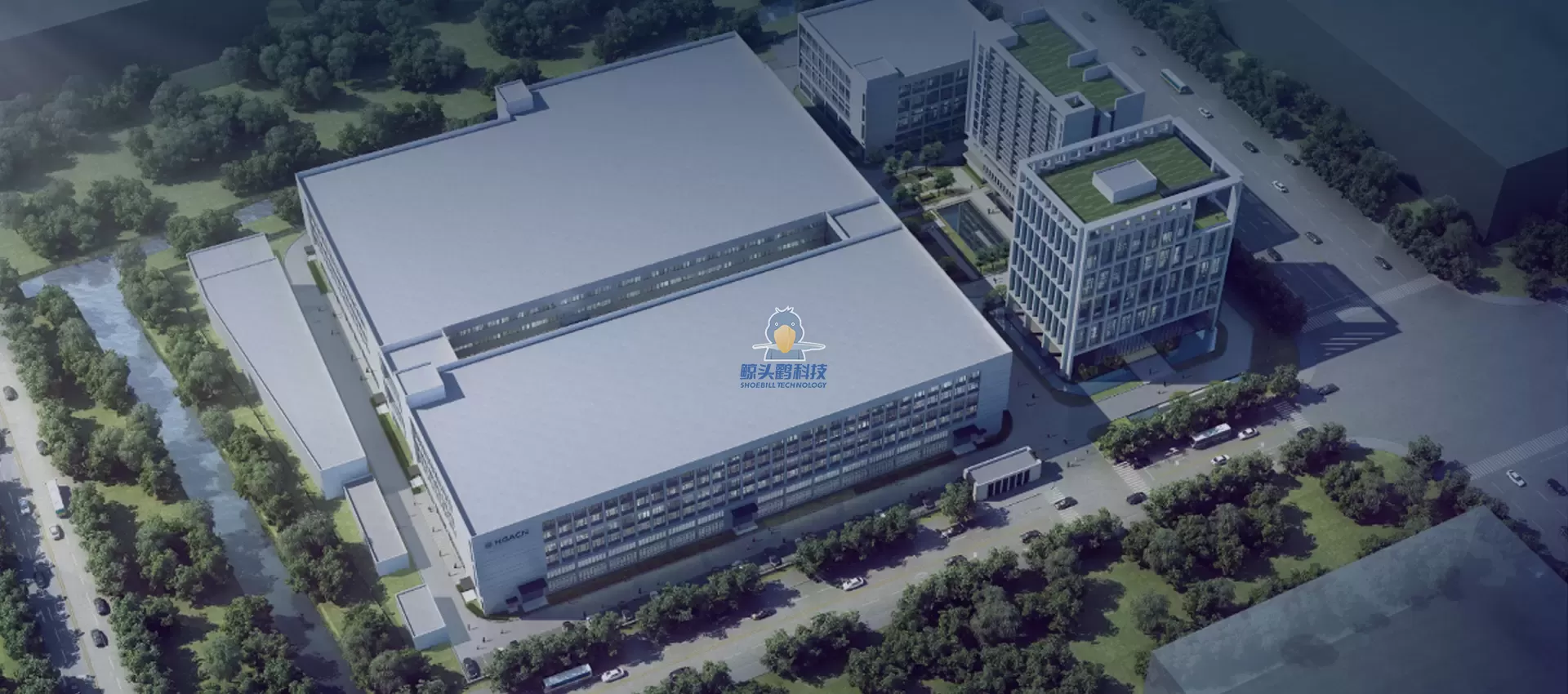In an era defined by digital transformation and Industry 4.0, smart factory planning stands at the core of modern manufacturing. By integrating production process-aligned architectural design, lean site layouts, automated high-efficiency production lines, 3D intelligent warehouse logistics systems, digital scientific operations, and standardized system integration, enterprises can significantly enhance productivity, reduce costs, and increase operational agility. In this blog post, Shoebill Technology, a professional company layout design service provider, will share the important factors of smart factory planning.
Production Process-Aligned Architectural Design
The foundation of any smart factory begins with a production process-aligned architectural layout. Unlike traditional plant designs that often separate functions based on departmental divisions, a smart factory prioritizes the flow of value. Facilities are designed to mirror and support the end-to-end production process, from raw material input to final product output.
This architectural alignment ensures:
* Minimized material handling and transport distances
* Improved coordination between functional areas
* Greater visibility across production stages
By designing physical structures around the actual manufacturing processes, companies can eliminate unnecessary redundancies and support seamless transitions between workstations and departments.
Lean Site Layout for Space Optimization
Complementing process-oriented architecture is the implementation of lean site layouts. Lean manufacturing principles emphasize the elimination of waste, and a smart site layout embodies this philosophy by optimizing space utilization, workflow, and logistics.
Key strategies include:
* U-shaped production cells that support continuous flow
* Kanban zones for just-in-time material replenishment
* Visual management systems that guide personnel efficiently through operations
A lean site layout contributes to enhanced flexibility, faster changeovers, reduced walking time, and a safer work environment, all of which are integral to boosting productivity and responsiveness to market changes.

Automated High-Efficiency Production Systems
At the heart of smart factory planning lies automation. High-efficiency production systems integrate robotics, IoT sensors, and real-time monitoring technologies to optimize manufacturing throughput and precision.
Automated systems offer the following advantages:
* Consistent product quality
* Reduced labor dependency
* Real-time error detection and correction
* Predictive maintenance based on equipment health data
From robotic arms for assembly to automated guided vehicles (AGVs) for material handling, automation not only accelerates operations but also ensures higher reliability and safety in complex manufacturing environments.
3D Intelligent Warehouse Logistics System
Warehousing and logistics are no longer passive support functions. In a smart factory, the warehouse is an active, intelligent participant in the production ecosystem. A 3D intelligent warehouse logistics system leverages vertical space, automated storage and retrieval systems (AS/RS), and advanced inventory algorithms to optimize material flow.
Core benefits include:
* Real-time inventory tracking
* Reduced picking and storage errors
* Dynamic space allocation
* Seamless integration with production schedules
With AI-powered logistics planning, materials and components are delivered just-in-time, ensuring that the production line operates without interruptions or excess inventory burden.
Digital Scientific Operations for Data-Driven Decision-Making
Smart factories thrive on data. Digital scientific operations integrate enterprise resource planning (ERP), manufacturing execution systems (MES), and industrial IoT platforms to create a unified data ecosystem that informs every decision.
Through digital twin technology, cloud computing, and advanced analytics, factories can:
* Simulate production scenarios before execution
* Track KPIs in real time
* Identify bottlenecks and optimize workflows dynamically
* Enable traceability and compliance reporting
Data-driven decision-making enables organizations to respond swiftly to demand fluctuations, reduce waste, and continuously improve their processes with evidence-backed strategies.
Standardized System Integration for Cohesive Operations
Integration is essential to the success of smart factory initiatives. Standardized system integration ensures that diverse digital and physical systems - whether machinery, software platforms, or communication protocols - work together seamlessly.
A well-integrated factory:
* Eliminates data silos
* Ensures interoperability across departments
* Facilitates centralized control and visibility
* Supports scalability for future expansions
Standards such as OPC UA (Open Platform Communications Unified Architecture) and ISA-95 serve as frameworks for enabling this level of integration across enterprise and control systems.
Toward an Optimized Future of Corporate Efficiency
Smart factory planning is not merely a technological upgrade - it is a strategic transformation. When approached holistically, it delivers tangible outcomes across all levels of operation, including:
* Shorter lead times
* Higher product customization capabilities
* Lower operational costs
* Improved sustainability through efficient resource use
By aligning physical infrastructure with digital intelligence and automation, enterprises can create responsive, adaptive, and future-ready manufacturing systems.
Conclusion
As global competition intensifies and market demands become increasingly complex, smart factory planning offers a roadmap for manufacturers seeking long-term efficiency and resilience. Through a systematic integration of production process-aligned design, lean layout principles, automation, intelligent logistics, data science, and standardized systems, organizations can unlock transformative potential. For forward-thinking businesses, the journey to operational excellence begins with a single commitment: to build smarter, not just bigger.










